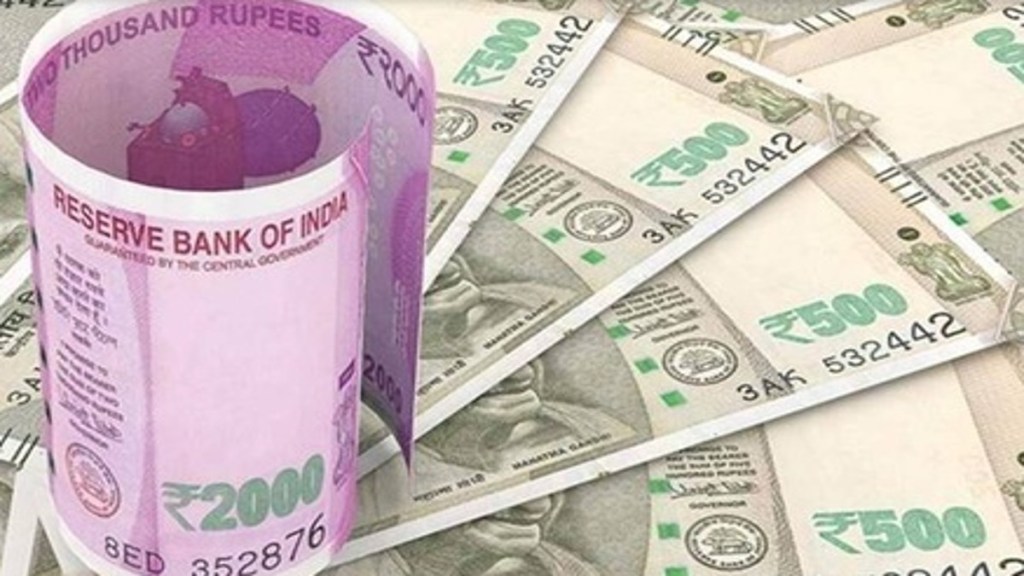Indian economy can look forward to a growth rate of 6.5-7% in the current financial year and can grow at a rate of over 7% on a sustained basis if structural reforms undertaken over the last decade are further expanded in the coming years, Chief Economic Advisor V Anantha Nageswaran on Friday said.
He said growth momentum remained strong backed up by strong investment demand and upbeat business sentiments.
“In the medium term, the Indian economy can grow at a rate of 7% plus on a sustainable basis if we can build on the structural reforms undertaken over the last decade,” he said after the release of Q1FY25 GDP data.
Economic growth slowed to 6.7% on-year in the April-June quarter as a decline in government spending during general elections weighed, but it remained the world’s fastest-growing major economy. Farm sector growth slipped to 2% from 3.7% in the April-June quarter of FY24.
“I think, the agriculture and allied sectors will see a rebound in their growth rates as we head further into the financial year,” he said. He said there are very few deficit monsoon subdivisions and most divisions have experienced normal rainfall. The sowing of kharif is also higher than last year.
Rural consumption has indeed stabilised and improved, and a good monsoon will give a further boost to rural and overall consumption in the coming quarters, the economist said. “There is pick-up in rural demand. Two wheeler sales in the first four months are higher than last year. Modest rise in tractor sales. Rural consumption has stabilised. A good monsoon will give further fillip in coming months,” he said.
On the outlook, he said, “The growth momentum remains strong. The first quarter slowdown was anticipated due to the election and due to slowdown in government spending…there is healthy progress in monsoon, corporate and bank balance sheets are in good shape”.
The budget also provides a further boost to the continued good momentum, particularly with the focus on employment, generation, skilling, agriculture, MSME sector and energy security in the medium term, he said.
While private capex has improved, the government capex revival will further boost fixed capital formation in the economy, he said.
Talking about headwinds, Nageswaran said financial markets globally still remain elevated and volatile in the light of political development that might still unfold in other parts of the world, and therefore, potential financial market correction can have implications for sentiment and on private consumption.
Pointing that inflation expectations have inched upside slightly again, he said, it may be reflecting transient factors, but overall, the inflation remains under control.
Expectations remain below last year’s levels based on an outsourced inflation expectations survey of the RBI, he added.

